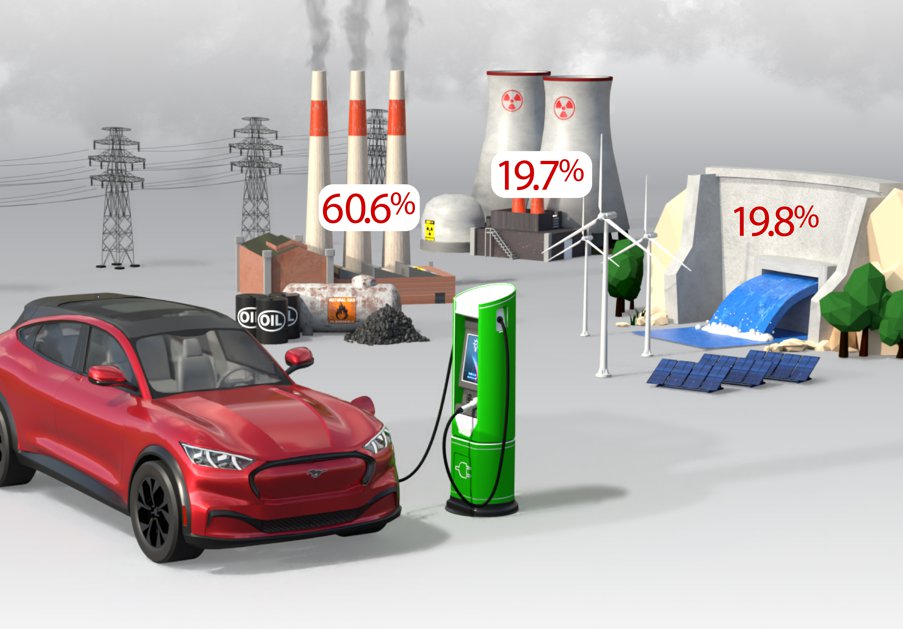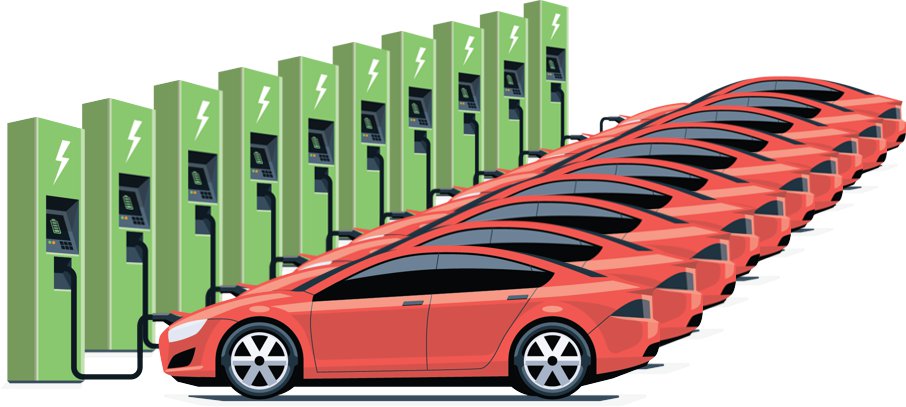Transforming the nation’s fleet to EV

To support our nation’s drive to have 25 million EVs by 2030, the administration’s infrastructure bill includes plans to install 500,000 electric vehicle charging units by 2030.
This is a 10-fold increase in the nation’s charging infrastructure for which the federal government is allocating an investment of $7.5 billion. (Source)

Most sources that address this increase are silent when it comes to the elephant in the room: where will all the electricity come from?
In a state like California, where brownouts and blackouts are already common due to demand exceeding supply, the California Energy Commission says the state will need 1.2 million chargers (up from the 73,000 found today) by 2030. These actions will be viewed as positive but only if today’s electric grid can be expanded quickly and in a pollution-free fashion.
How big could electricity demand rise?
In an interview in Germany’s Bild am Sonntag, Elon Musk says EVs will double the world’s need for electricity. Musk said that sourcing the energy necessary to power EVs would become the biggest obstacle over the next two decades. (Source:)
The US Grid Is 60% Powered by Fossil Fuels.

Even if the U.S. succeeds in selling enough EVs and installing enough charging stations, the fact remains that 60.6% for the U.S. grid is powered by burning fossil fuels. Nuclear energy accounts for 19.7% and renewables, like, hydro, wind and solar account for 19.8%.
Those ratios could get worse. States like California are working to eliminate nuclear power plants. (Source.)
To make matters worse, when the grid is hit with excess demand, the kind that causes brownouts and blackouts, U.S. Department of Energy grants emergency orders to allow plants to operate without pollution restrictions. (Source.)
A green solution is needed.
In light of the obvious electricity demand tsunami heading to the U.S., we need to find a solution that:
- Doesn’t involve burning more fossil fuels or lifting pollution controls
- Is more efficient than current electricity generation and transmission.
